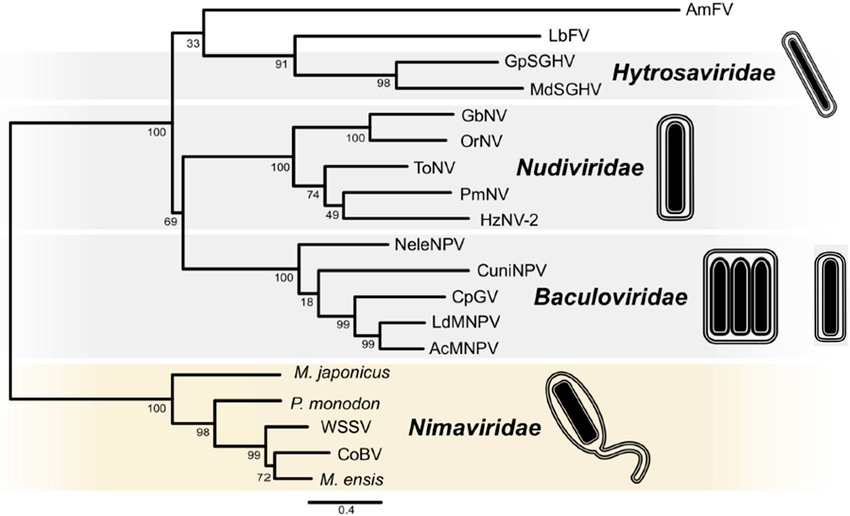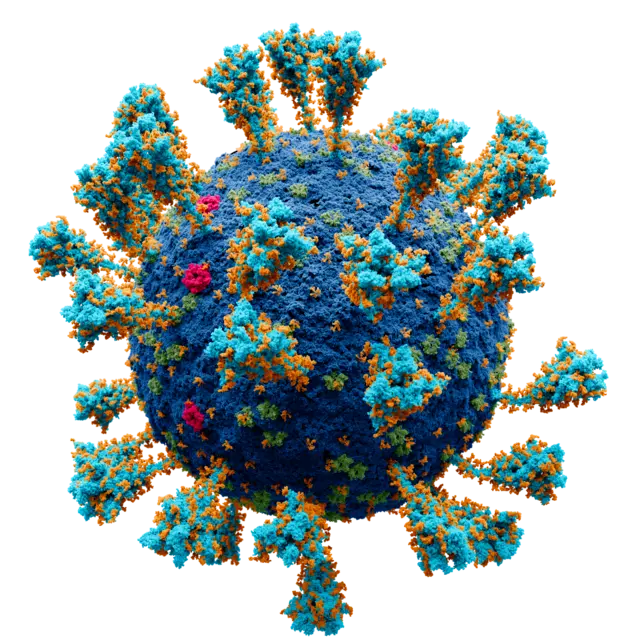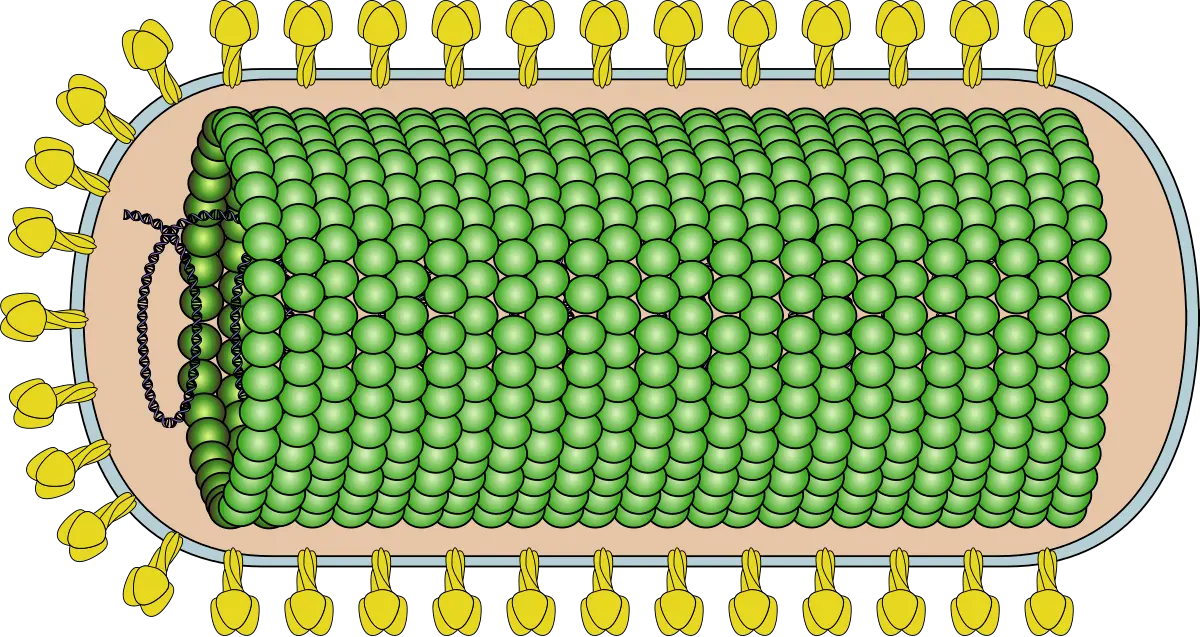Naldaviricetes !
Classification of Naldaviricetes
Naldaviricetes includes one order, Lefavirales, and an unassigned family, Nimaviridae. Additionally, the unassigned family Polydnaviridae is considered a potential member of this group due to its shared genetic characteristics with Naldaviricetes. It is thought that Polydnaviridae may have evolved from nudiviruses of the order Lefavirales, further linking this family to the broader class of Naldaviricetes. The classification structure of this class reflects its unique genetic makeup and the complex evolutionary relationships between these arthropod-infecting viruses.

Phylogenetic Analysis of Naldaviricetes
Phylogenetic studies indicate that Naldaviricetes might be highly derived members of the DJR-MCP viruses in the kingdom Bamfordvirae within the realm Varidnaviria. Despite not sharing the characteristic DJR-MCP structure and producing unusually shaped virions, the viruses in this class share several core genes with viruses from the Nucleocytoviricota group. Some of these shared genes include PolB, RNAP subunits, helicase-primase, and thiol oxidoreductase. This suggests that Naldaviricetes may have evolved as an offshoot of the Nucleocytoviricota, representing a distinct and derived lineage within the viral taxonomy.

Overview of Naldaviricetes
Naldaviricetes is a class of viruses that specifically infect arthropods. These viruses are characterized by large, enveloped rod-shaped virions, circular double-stranded DNA genomes, and the ability to replicate within the nucleus of their host cells. Members of this class share a unique set of genes not found in other viruses. These include genes that produce multiple interspersed direct repeats, various subunits of DNA polymerase and RNA polymerase, four late expression factor genes, and infectivity factor genes. These distinctive genetic features suggest a shared mechanism for entering the host cells among these viruses.
